Free Dr Email Q&A Forum
Free Email Optimisation Strategy Call
Workplace Productivity Strategy Call
Free Webinar - How EAs Can Help Their Boss Escape Email Overload
Free Webinar - How EAs Can Help Their Executive to Thrive at Work (beyond the inbox)
Free Webinar - The Essentials of Email Etiquette and Protocols
Free Webinar - How to Unlock Peak Performance Through Time, Energy & Focus
Free Webinar - The Secret to Managing Your Inbox Without Feeling Overwhelmed

